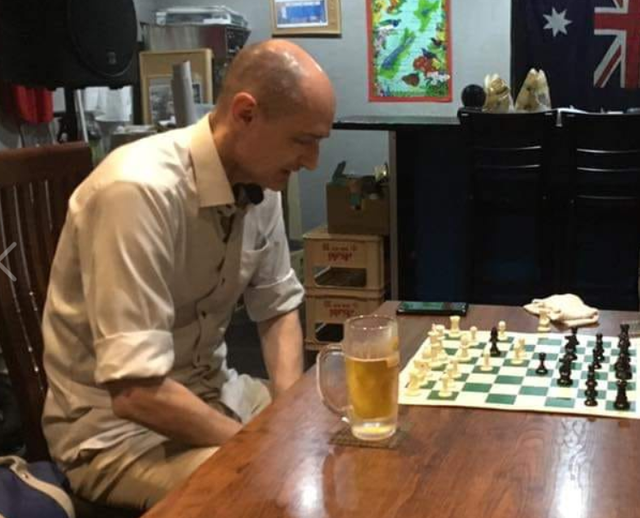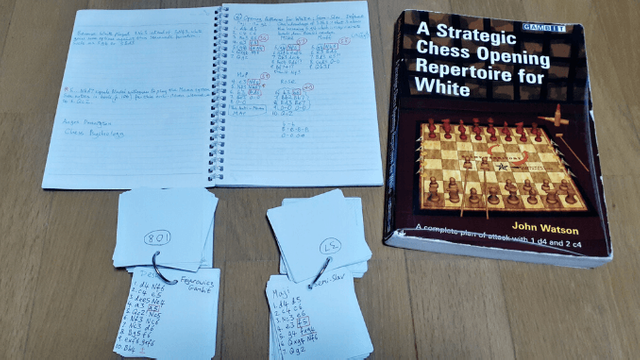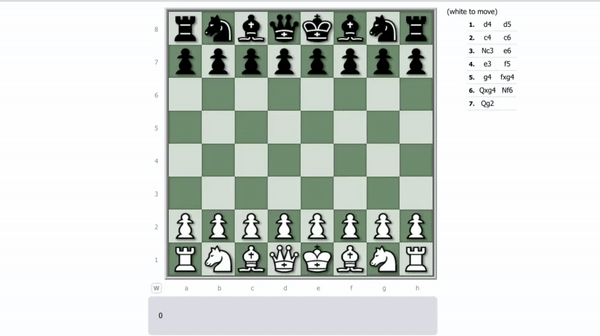How To Remember 184 Chess Opening Variations (& Not Go Completely Insane??)
I'm on a mission to improve as a chess player. I played chess as a boy from the age of eight, but never in a club or anything like that.
But for a couple of decades while living in Japan I hardly played any chess at all. Instead, I learnt to play Japanese-style mahjong. Then, back in 2012, I felt the pull of chess again and since then the urge to improve has grown year by year.
It Pays To Start Early!
Once you are a reasonably competent player, improving at chess, like anything else that's worth doing, becomes increasingly challenging. The slope keeps getting steeper the higher you climb... There is a real advantage to starting early - just like us here at CTPTalk in January 2020!
For me, a casual player who is coming back to chess after a few decades away, competing with teenagers who've been studying with coaches for several years already is a real challenge.
Build A Repertoire
So I decided to try and speed things up by building a couple of "opening repertoires," one for when I was playing with the white pieces, and another for when I was black.
In 2018, after studying a repertoire book for White for over a year, I entered an open tournament at the British Chess Championships in Hull, in the north east of England, and... lost every game. :(
Most of my opponents were teenagers, 15 years old or younger. In one game, I was White and lost against a 13 year old girl and I didn't even remember the name of the defence she used against me. Clearly, my studies of chess openings were not sinking in!
Learning Opening Variations with the Help of Mnemonics
So I decided to apply to my chess studies a memory system that I had learned when I was a teenager. It's called the Major System. It's a mnemonic system that turns numerical digits into sounds and then creates memorable words from those sounds.
I extracted 184 opening variations from the book I was studying, and cut them down to the first few moves. I gave each variation a keyword based on it's location in the sequence, and copied each variation onto a set of study cards.
Now that each opening variation has a keyword related to its position in the sequence, I can turn the keyword into a story that is related to the specific moves of the variation it is tied to.
...And then... I will be able to achieve a good set up against my opponent, notice if my opponent knows what he is doing or not, and get to the middle game with a slight or significant advantage!
How the Magi Help Me Remember...
Here's one variation that I have learnt. It's variation #36 in my repertoire list and I call it the "Magi" (yes, the "three wise men"). the "m" = 3 and the soft "g" or "j" sound = "6" so it is relatively easy to remember that variation #36 = Magi.
The next step is to turn the word "Magi" into a story that explains the critical moves in the 36th variation. Once you have done that, the variation becomes much easier to remember. Here's a gif that shows the variation:
Can you imagine how you would remember that move sequence by telling the story of the Magi?
To find out how I did it, check out my more detailed explanation of my chess opening memory system, which I posted on my blog earlier today at:
You can also check out my YouTube video on this topic, either on the above blog post, or here:
All the best,
David Hurley
Chess Blog: https://easychesstips.com
Personal Blog: https://davidhurleyinjapan.com
BusinessBlog: https://top5programs.com


